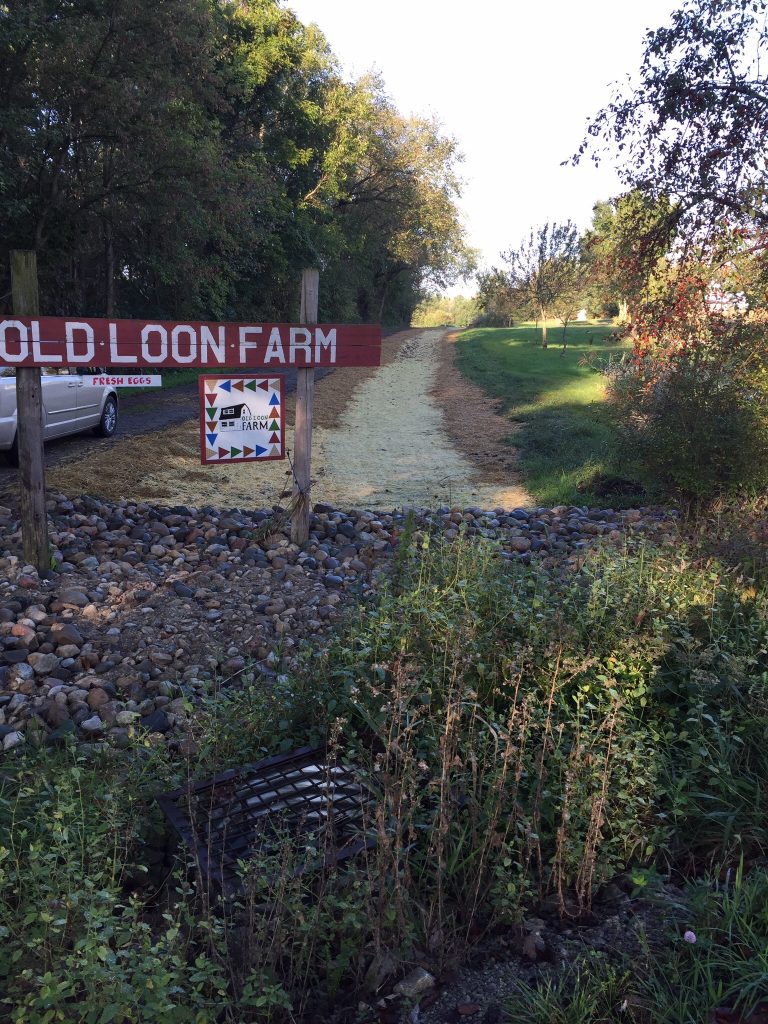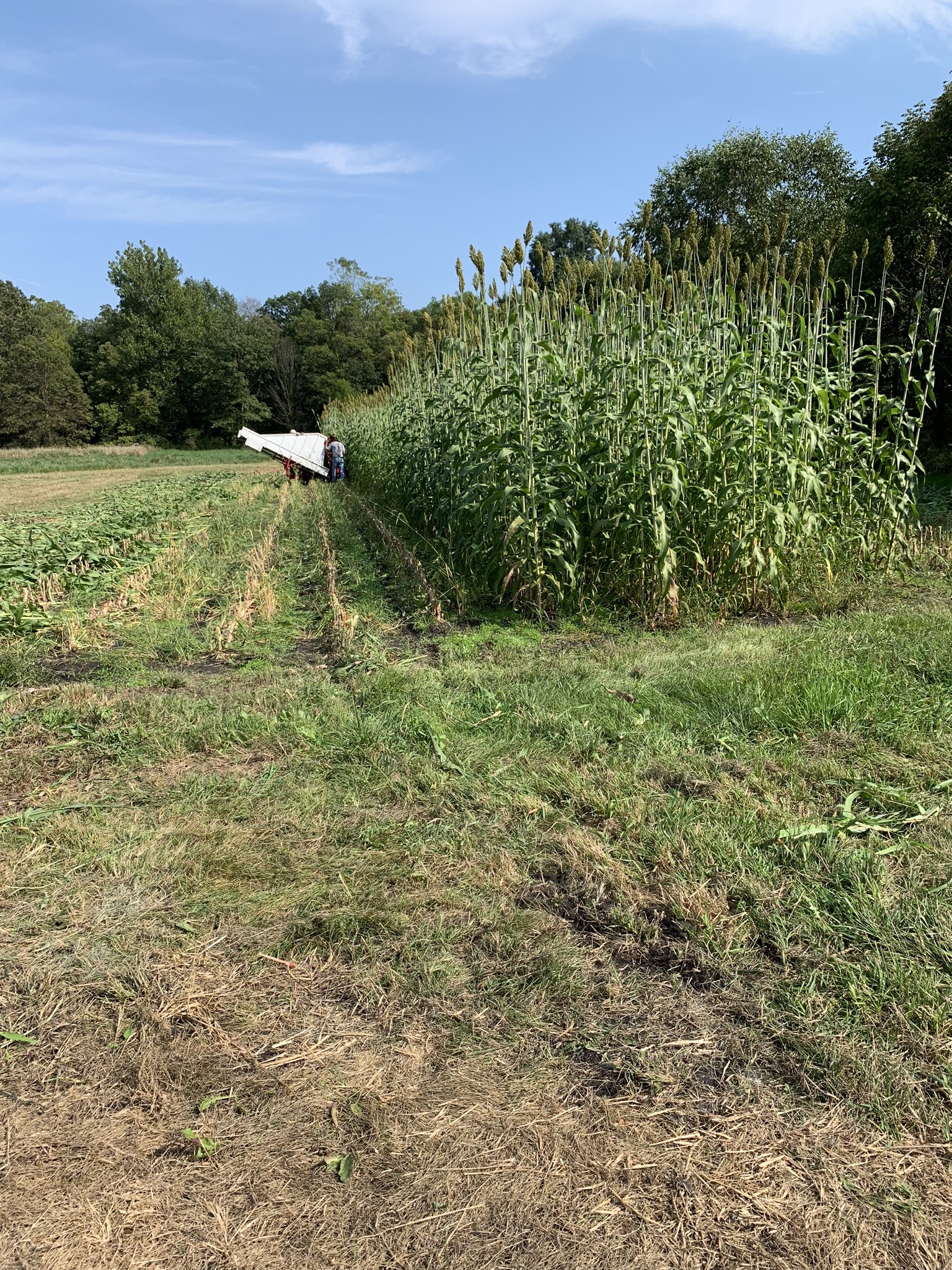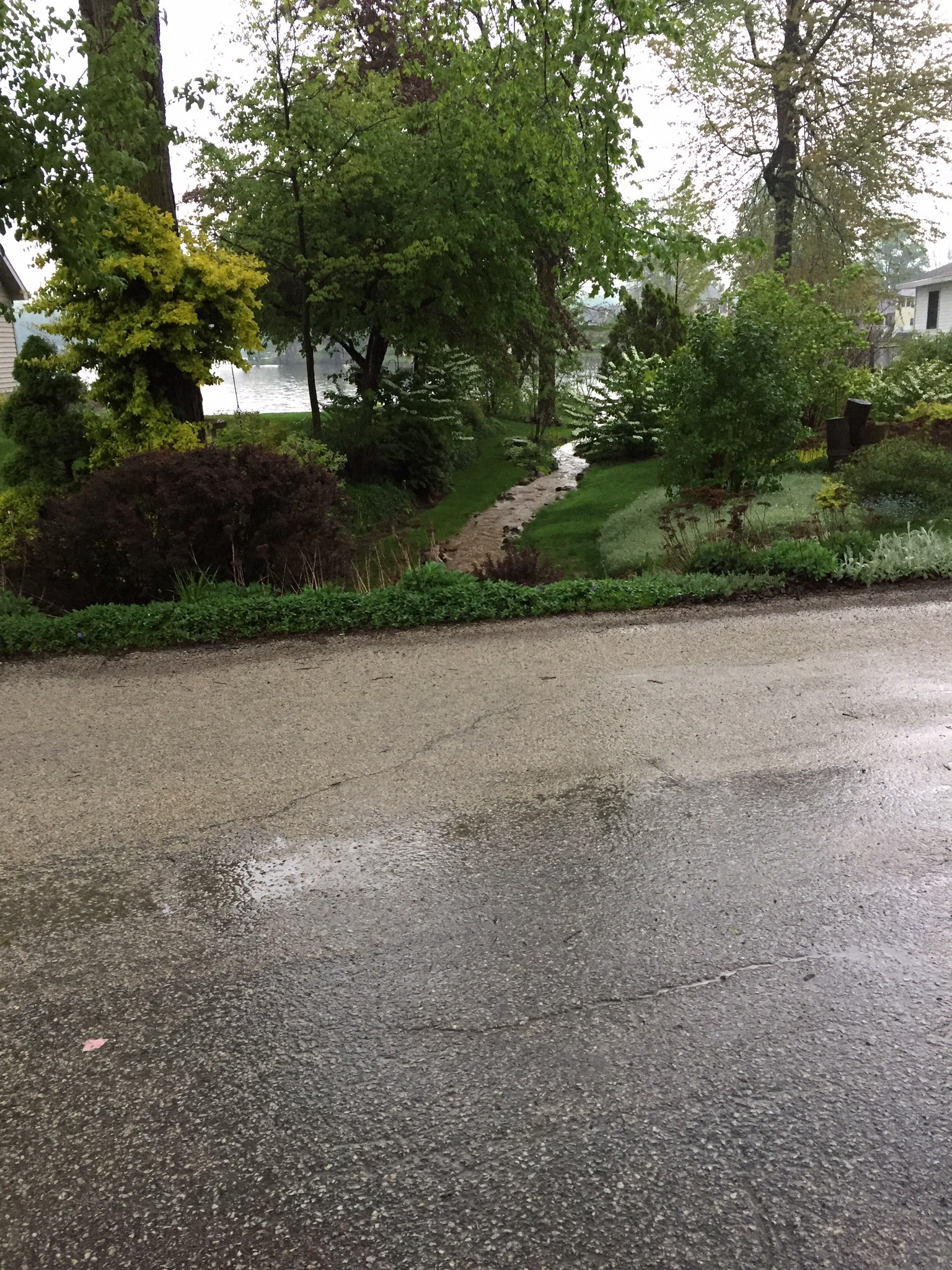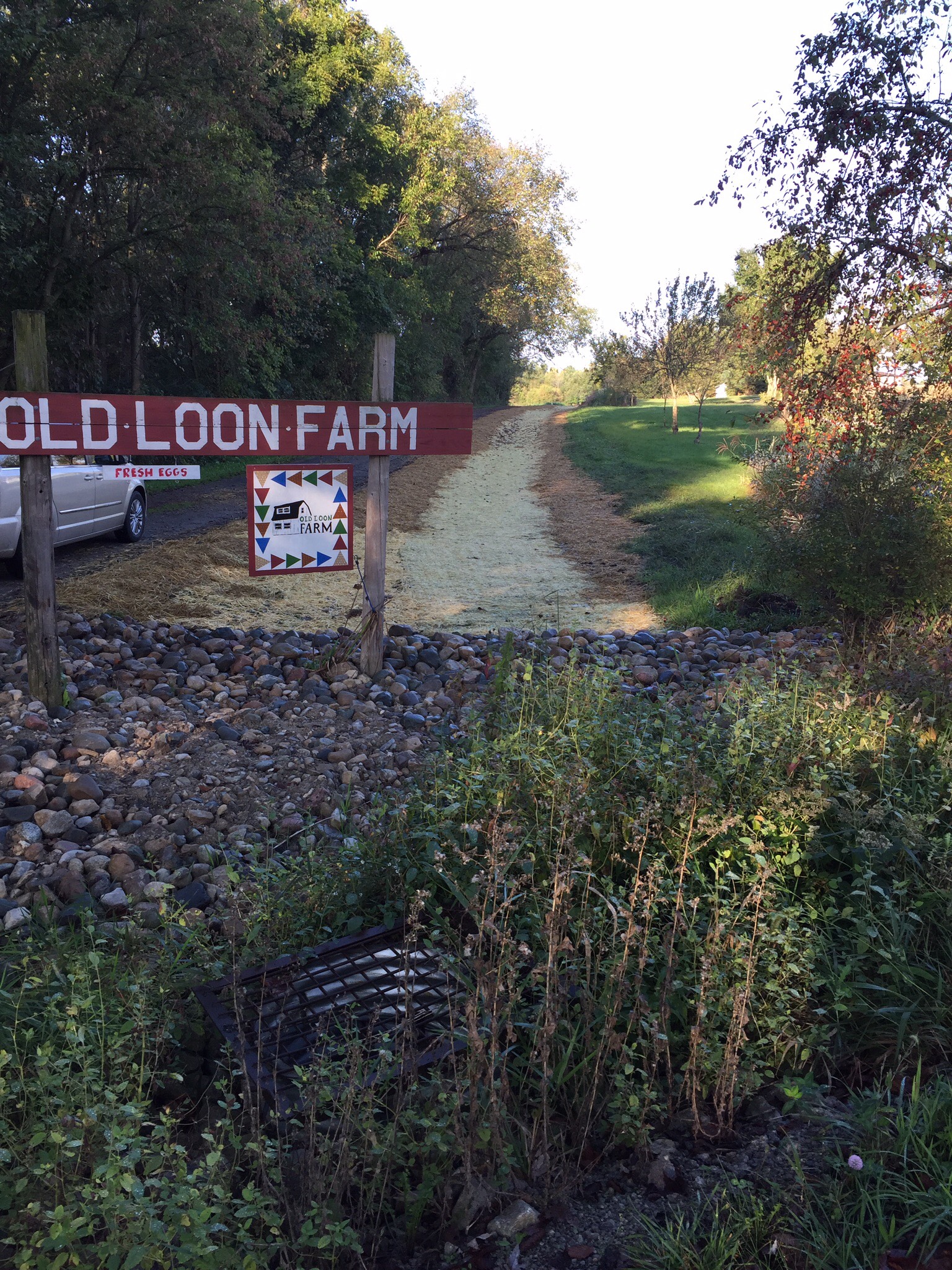4,653
3,221
Partners: The Watershed Foundation, Indiana DNR - Lake and River Enhancement Program, Whitley County Soil and Water Conservation DistrictAbout this project
Old Loon Farm, Chuck and Jane Loomis, planted 5 acres of hayland planting, along with installing a 750 grassed waterway with a stone chute that deposits into Loon Lake. The grassed waterway allows the water to slow down and filter out sediments and nutrients before entering Loon Lake. The stone chute reduces the flow of water and helps prevent erosion of the soil as well to reduce sediment into Loon Lake.This project was in collaboration with the Whitley County Soil and Water Conservation District and The Watershed Foundation with funding through the Indiana DNR with the Lake and River Enhancement Program.
Charles and Jane Loomis manage Old Loon Farm, a diverse, small-acreage farm between Old Lake and Loon Lake in Whitley County.
On 12 acres of land, the Loomis’s manage an intensive vegetable garden, sweet sorghum, asparagus, horseradish, hay, an orchard, bees, pastured chickens, laying hens and lambs. Almost all the production is done by hand.
Old Loon Farm sits in a bowl created by higher ground in neighboring properties. Two years ago, the Loomis’s put in a grassed waterway that channels water from higher ground through the farm property and directly into Loon Lake.
The high volume and velocity of water that would come through the farm during a rain was destabilizing gravel drive and washing sediment directly into the lake.
“It was awful,” Jane said.
Sam St.Clair from The Watershed Foundation helped design and install a swale and grassed waterway to slow the water down and filter out sediment before the water reaches the Lake. Now, after a rain, the driveway is stable and there’s less muddy water flowing into the lake.
“That was one of the best things we did there,” Jane said.
The Loomis’s are now planning more blind inlets and French drains
In the last 2-3 years, Charles and Jane have begun experimenting with cover crops in the Sorghum field. The crimson clover, daikon radishes and field peas help prevent soil erosion, improve soil structure and add nutrients back into the soil.
The hay acres also act as a constant cover that protects the soil. “There’s not always big money [in hay], but it keeps the weeds down,” Chuck said.
Besides the 12 acres of farmed land, the Loomis’ own almost 20 acres of and wildlife habitat and a wetland designated by the Fish and Wildlife Service.
All of these management practice reflect the Loomis’s management strategy to work with the land that sustains their livelihood.
Or in Charles’ words: What use can you make of the land that won’t hurt the watershed?



